On October 11th, after a two-day drive from Kiel in Germany, we rolled into Novi Bečej, a town home to over 13,000 people in rural northern Serbia. Together with a bunch of archaeologists from Kiel University, I lived in the town while working on archaeological prospections of nearby prehistoric sites. I will go into detail about our project in an upcoming post, but first let me introduce you to Novi Bečej where I spent two weeks of my life in October.
Novi Bečej is located in the Central Banat District of the province of Vojvodina near the borders to Hungary and Romania. The town is home to a large population of Hungarians and a smaller but still significant population of Romani. However, Serbs make up the majority at around 60 %. The town is located on the banks of the river Tisa which begins in Ukraine and joins the Danube near the village of Stari Slankamen further south in Vojvodina.
We stayed at the guesthouse Azucki which is owned by a local family (and their adorable Siamese cats) in the centre of the town. Most of our evenings were spent dining at Hotel Tiski Cvet just across the road where the plata vegetariana was ordered every single evening – but never came with the same foods! It was always a surprise what we’d receive! We also enjoyed one evening meal at a gorgeous restaurant by the river, and Romy and I returned several times for their amazing fries!


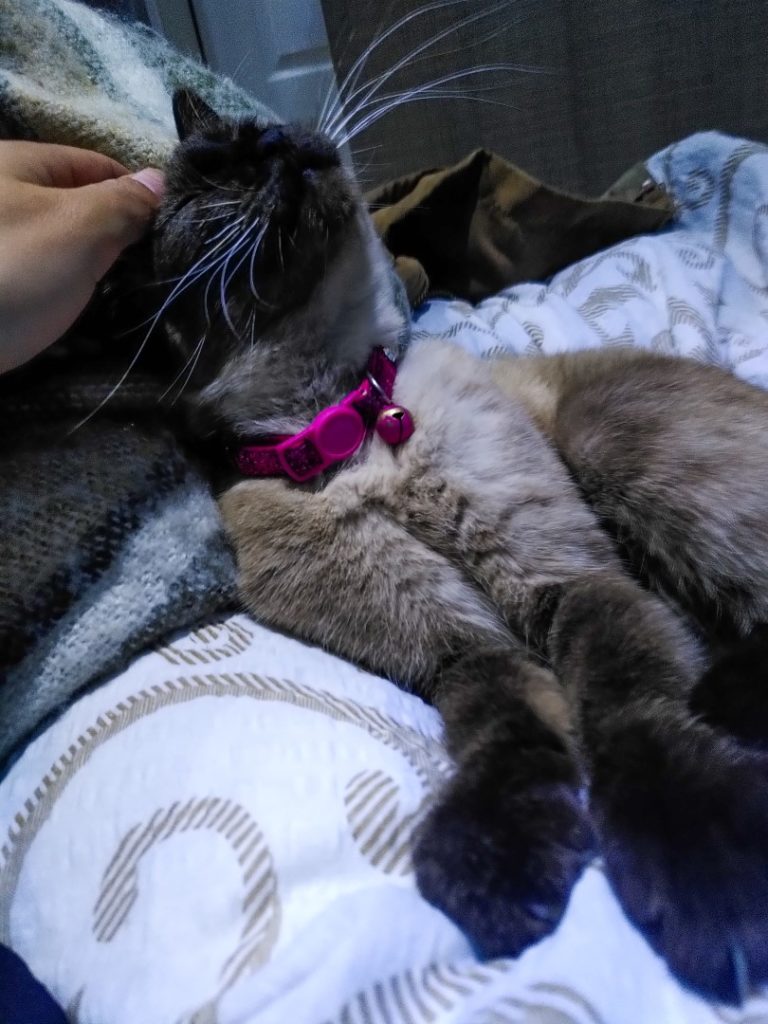
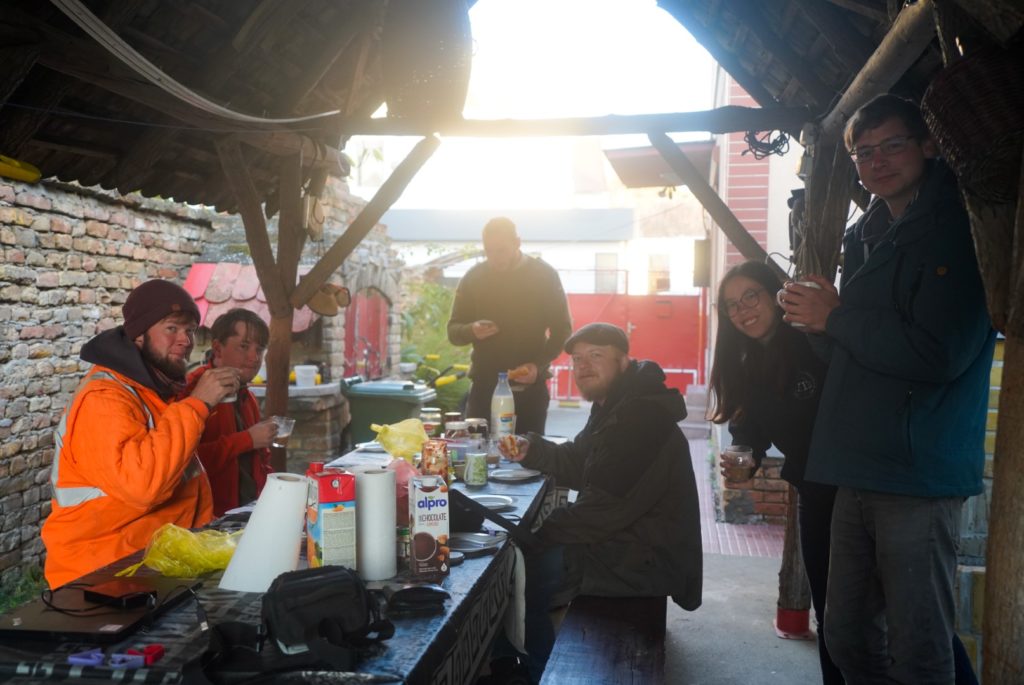
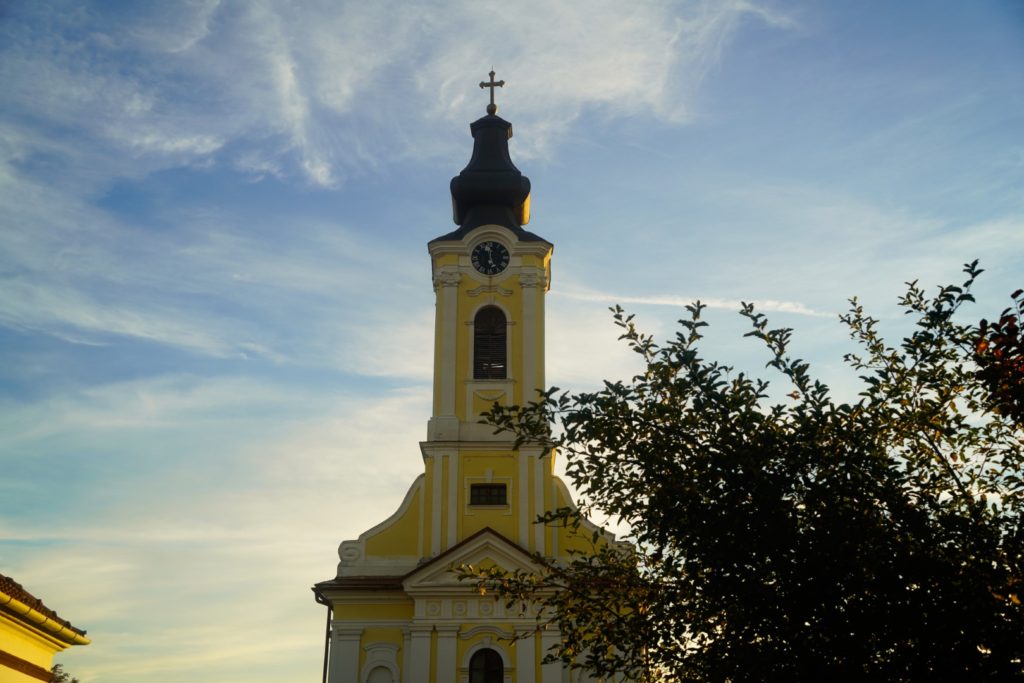
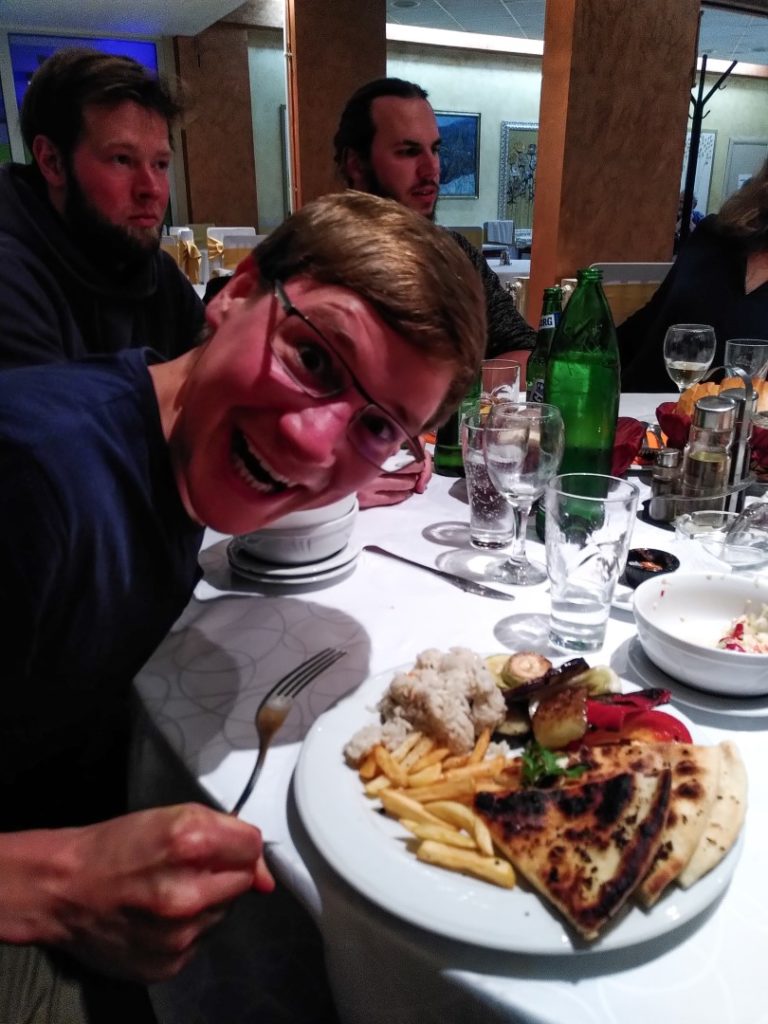

Our guesthouse is located just a few minutes away from the river Tisa and the prettiest area of the town. Novi Bečej is no feast for the eyes (with the exception of the river), but there’s a certain beauty to be found amongst its many dilapidated and run-down buildings. In particular, I loved the fact that not a single building looked the same as the next. They all had their unique distinctiveness, all stood out and as a unity created an interesting town worth getting a little lost in.
While we spent the majority of our time in Novi Bečej working, eating and sleeping, I did find time for a few walks around town. And on our one day off, a Sunday, we all went exploring in and around the town. A morning walk by the river, an excursion to two interesting sights, and an evening walk for a further look at the town.

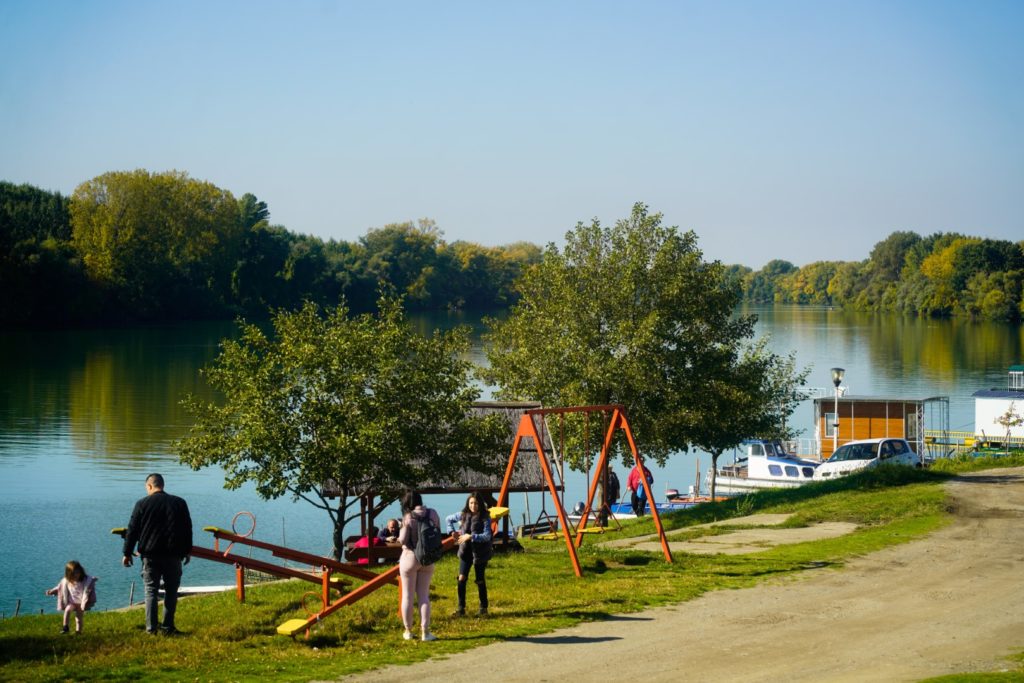

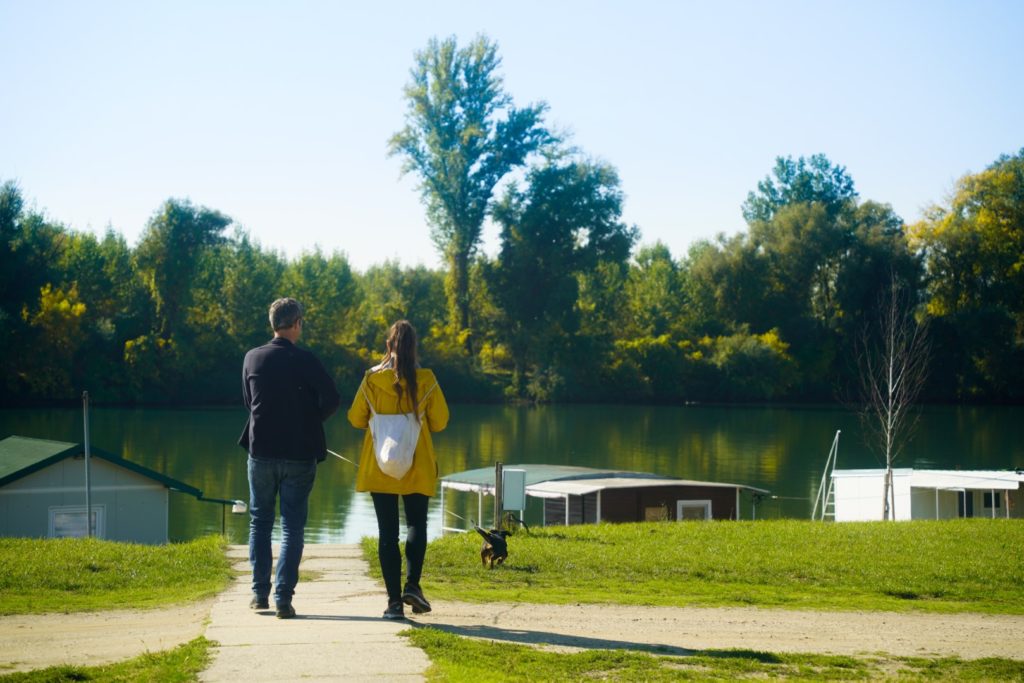
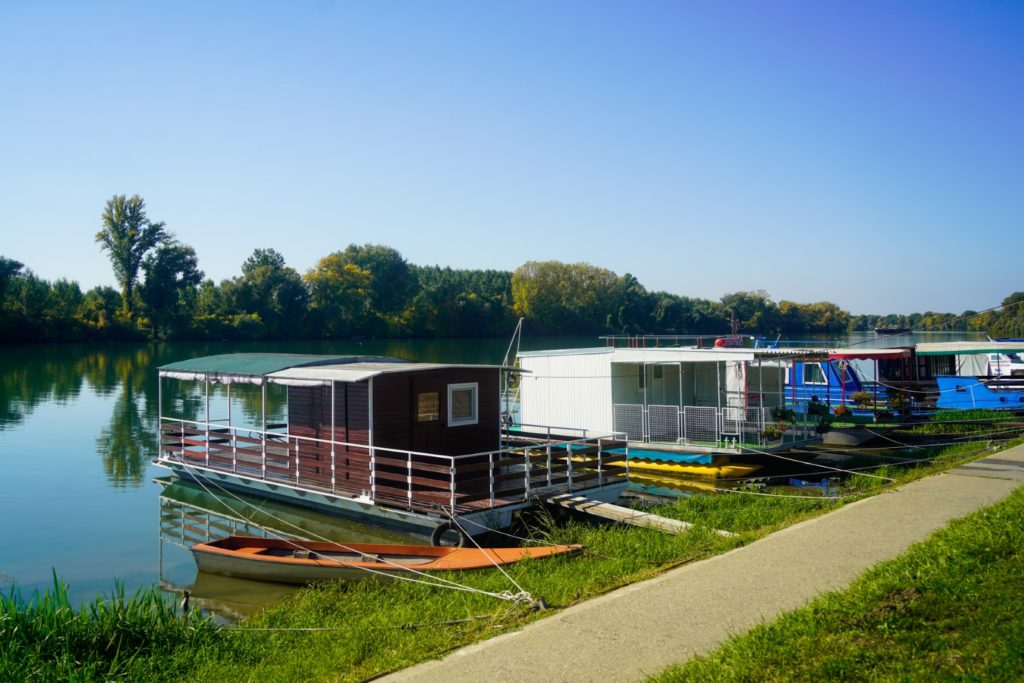
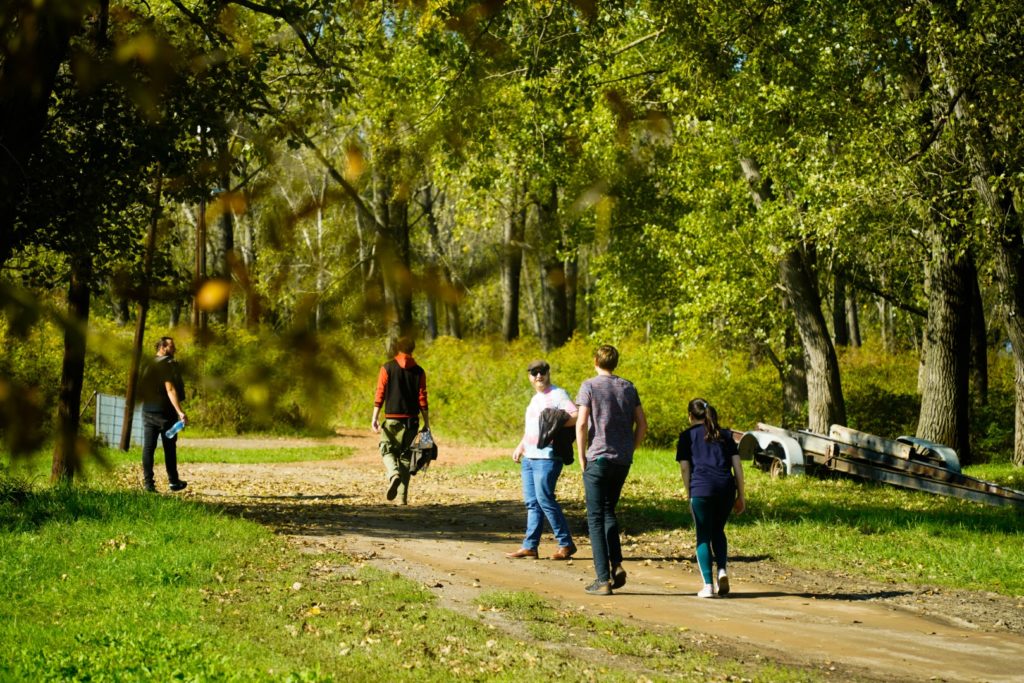
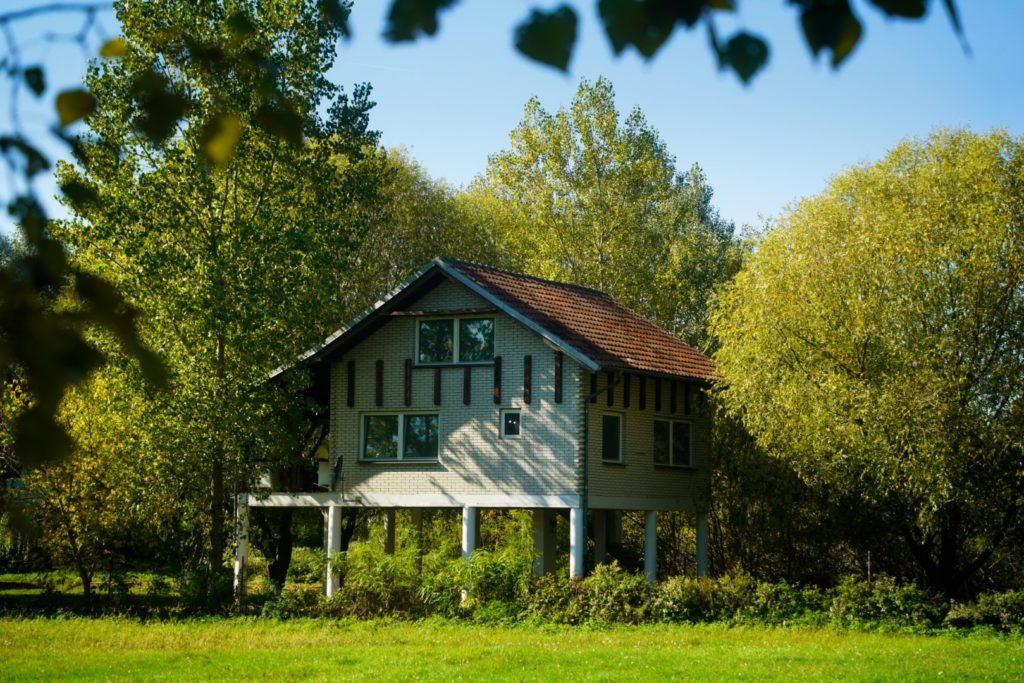
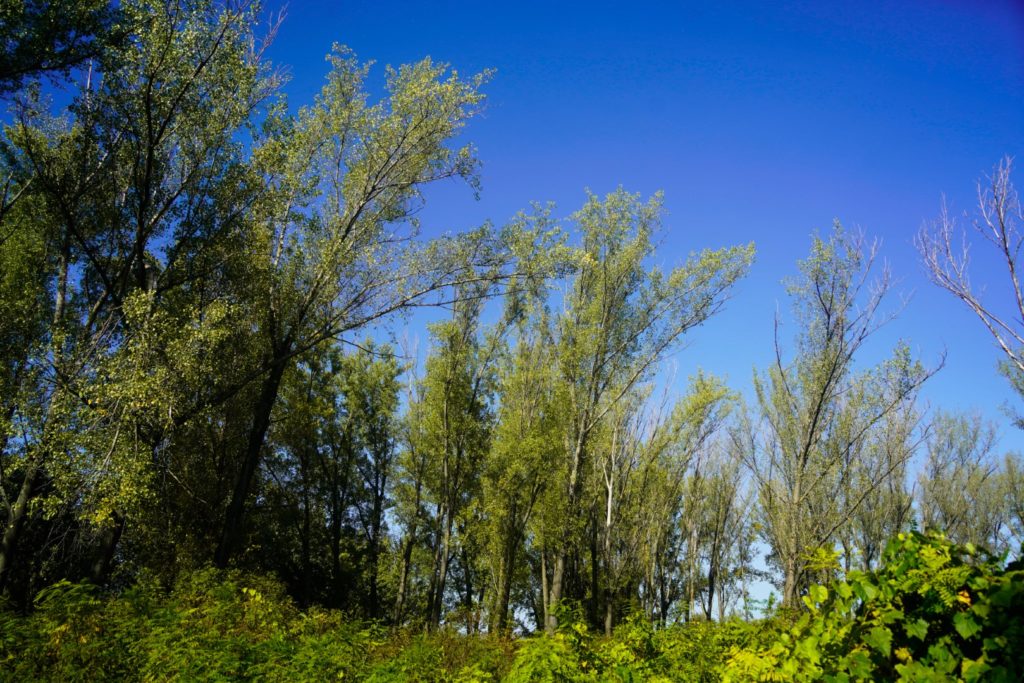
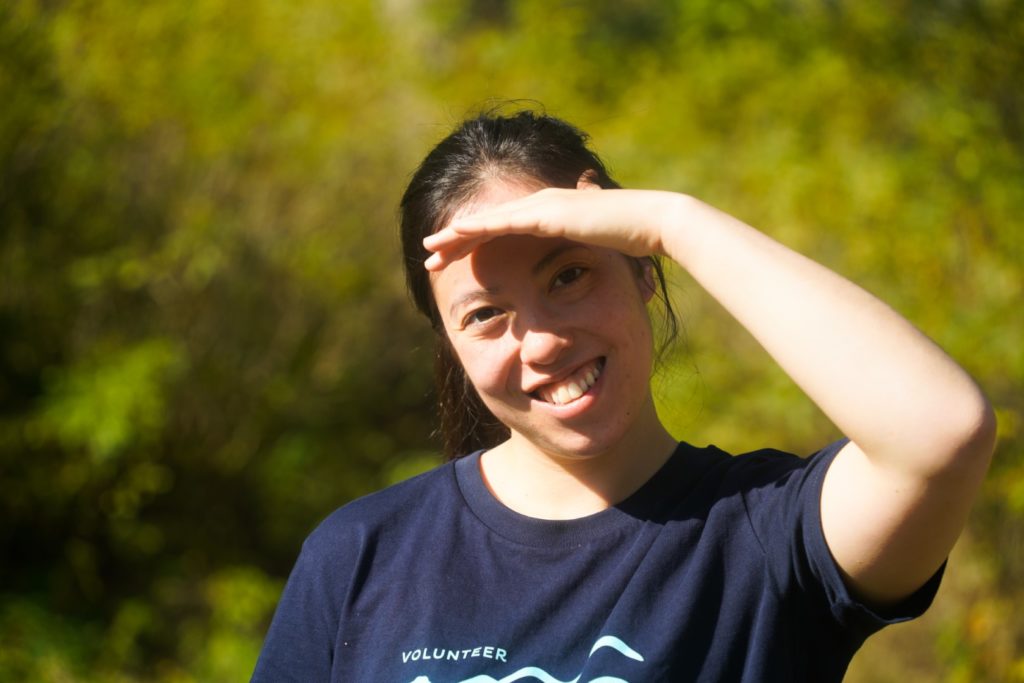

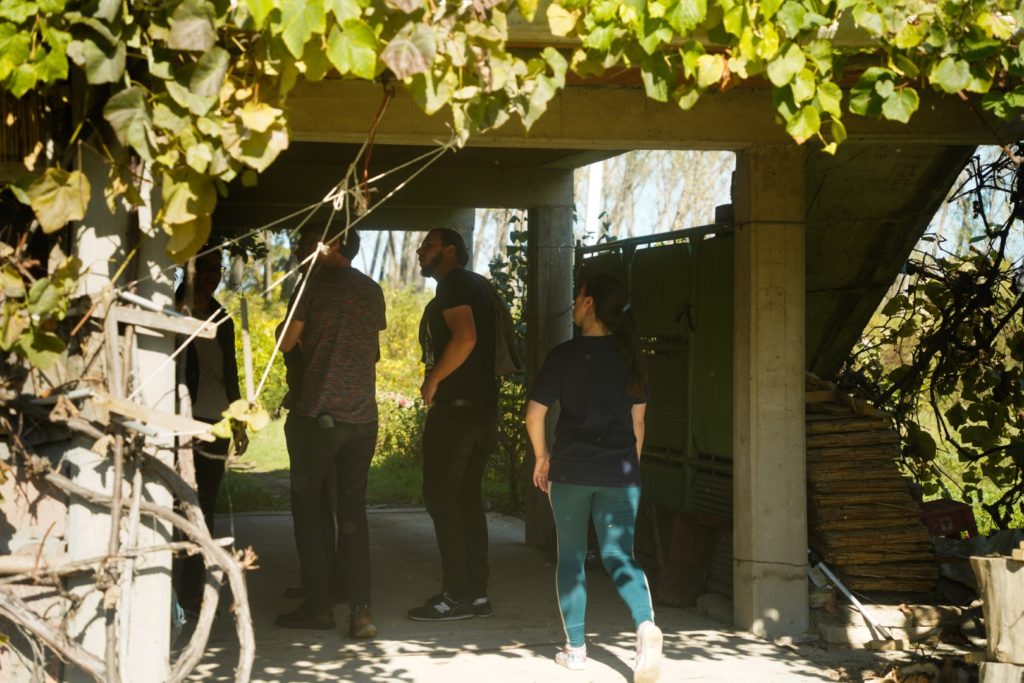
Our Sunday excursion first went to the most famous sight in the area although it’s not really famous at all. But it’s the first thing that comes up when you google Novi Bečej. I’m talking about Arača, a medieval Romanesque church ruin, one of the oldest of its kind in the area.
The church was built around 1230 when the area belonged to the Kingdom of Hungary. It was connected with the early 13th-century Bečej Fortress of which hardly anything remains, and the route of about 13 kilometres is apparently still visible through the middle of a field.
Unfortunately, Arača was robbed and ravaged already in 1280, although it was reconstructed in 1370 at the command of Queen Elizabeth of Bosnia. The Gothic tower that has survived to this day is thought to have been added to the building around this time. In 1551, the church was severely damaged again in an attack by the Ottomans, and it was since never reconstructed again. In 1948, the church ruin was placed under state protection.
Getting to the church required a bumpy ride along a long gravel road, something we became quite accustomed to during our time there. In every direction, the landscapes were flat as a pancake, reminding me of my beloved Lolland. And then suddenly, in the middle of absolute nowhere, stood the church in all its ruinous glory.
It’s quite a spectacular sight, and it’s a wonder that nobody was there to greet us. How this significant ruin of a church stands untouched by tourism despite being completely free to visit and with full access to explore is beyond me.
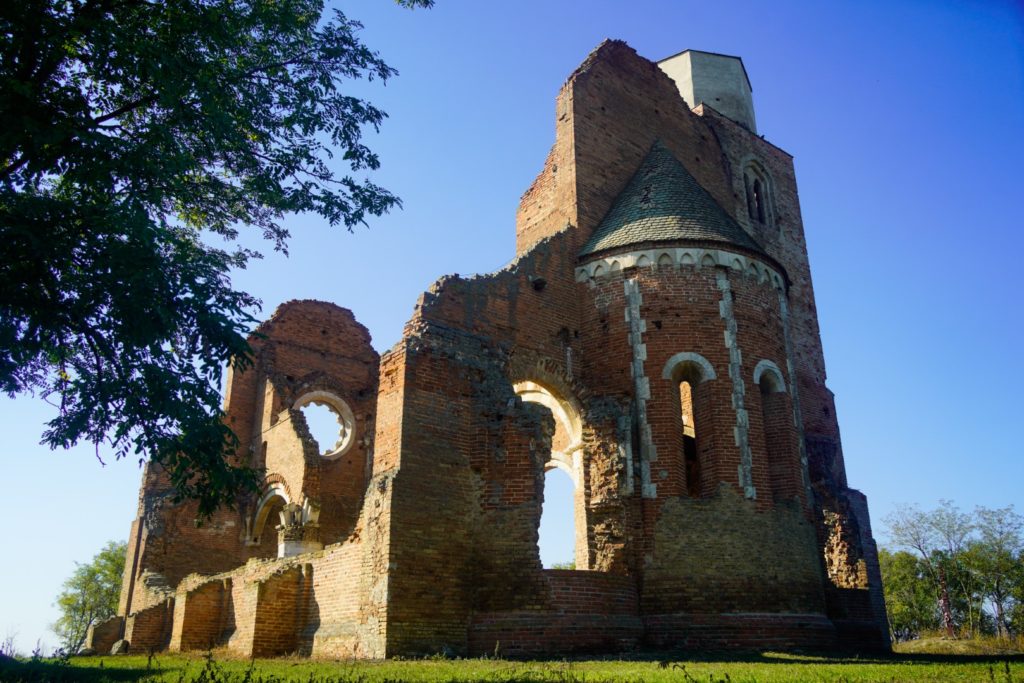


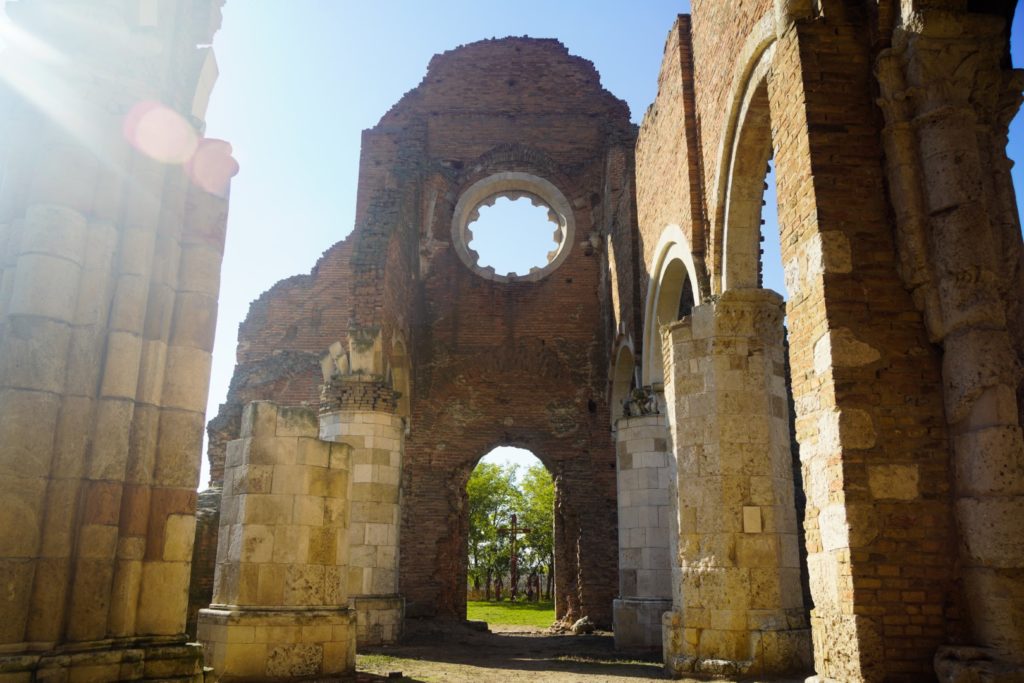
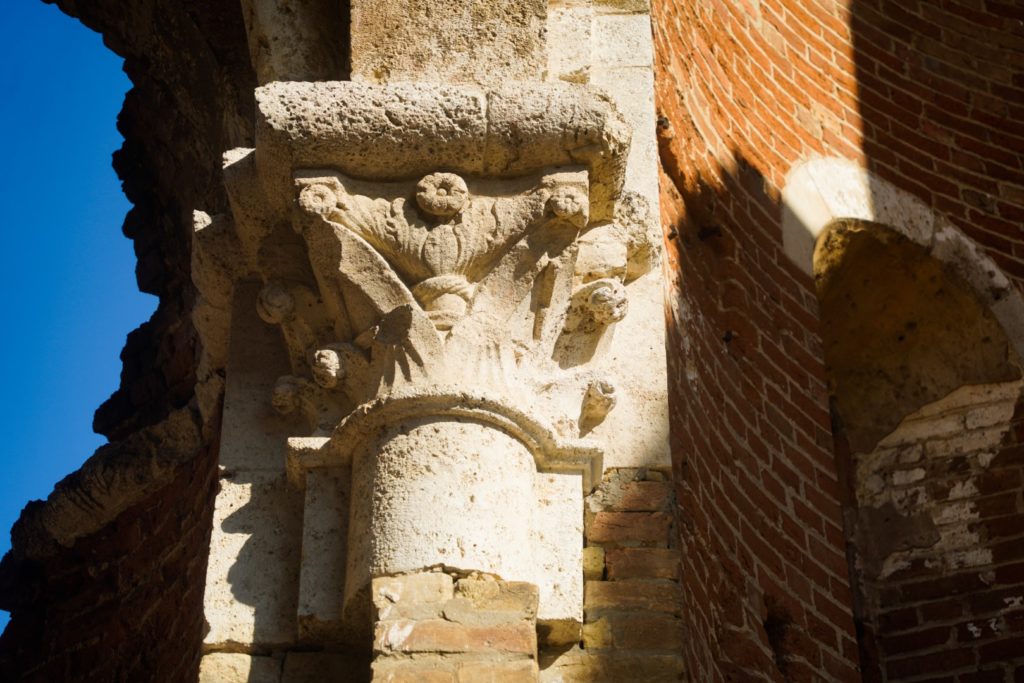
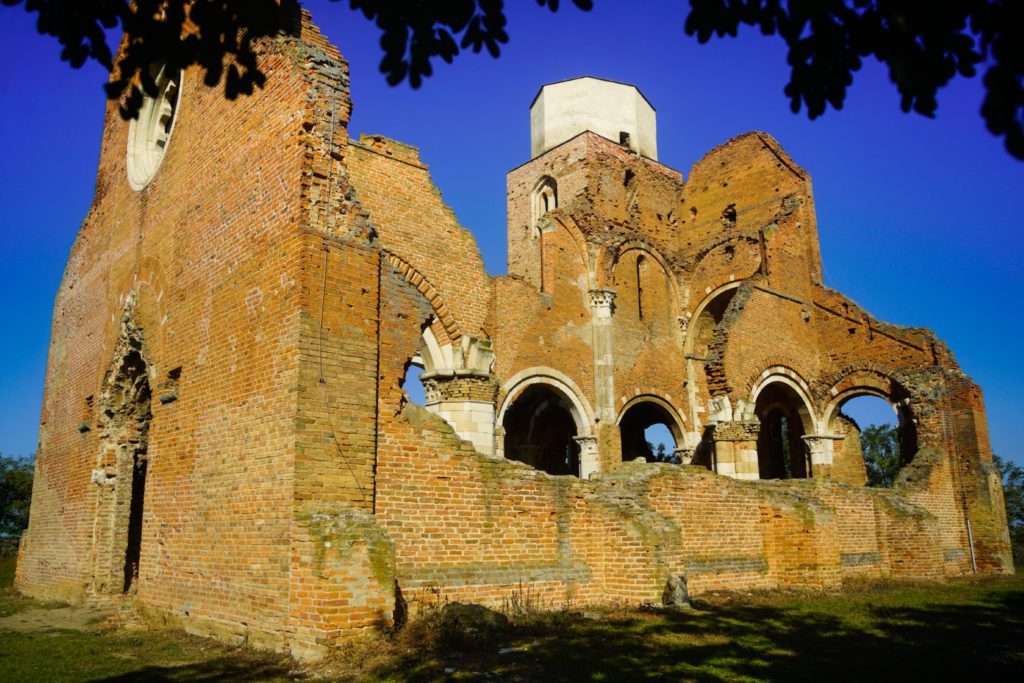
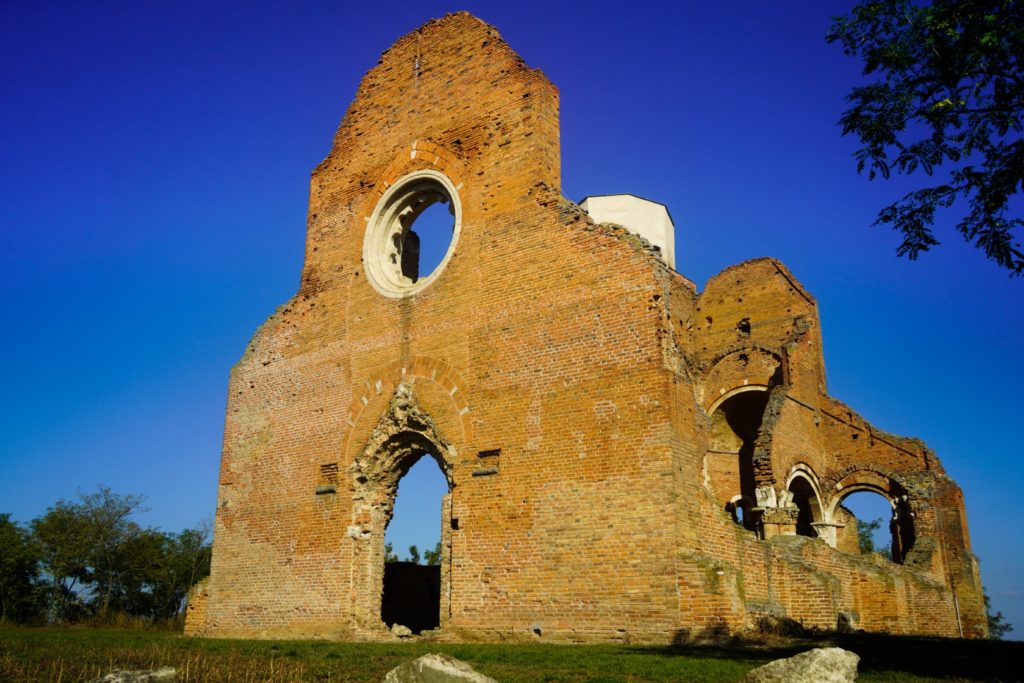
Heading back towards Novi Bečej, my colleague Henning wanted to show us another place that he’d seen some years back. Shortly before reaching the town, we turned left along a gravel road, parked the car and started walking towards a very special nature area.
The area which is known as Slano Kopovo is a salty freshwater depression in an ancient meander. It’s one of the last preserved salt marshes in Serbia, and it’s one of the most important bird habitats in the country, especially for the cranes for which Slano Kopovo is the southernmost important resting place in Central Europe. Over 20,000 cranes gather on the salt marsh in the late fall after migrating from Northern Europe. Furthermore, several marine birds that are rarely spotted so far from the ocean also nest in the area. In total, over 200 bird species have been recorded at Slano Kopovo so it’s a true paradise for bird enthusiasts and nature lovers alike.
Although often described as a salt lake, Slano Kopovo dries up during the summer time and it was still dry when we were there in October. It was more like one large salty mud pond.
Although the area is inscribed on the Ramsar List for the Wetlands of International Importance and over 2600 ha is protected land, Slano Kopovo is still facing a threat of extincion. This is the result of a canal construction back in the 1950s which caused ground water levels to sink, leaving Slano Kopovo to dry out.
After parking the car at the end of a dirt track, we walked over a rather useless wooden bridge which was probably built to bring people over the wetlands to dry lands. The area is now completely dry, and so the bridge has become redundant – and broken in many parts.
Henning brought us along a gravel road that lead us to a very isolated house, and behind it a bird-watching tower with a great view over the flat landscapes of Slano Kopovo. There was no water to be seen, only the depression in the landscape and the wet salty mud (yes, we tasted it!) revealed that this was once a salt lake. I wonder if the rains of autumn and winter will turn it into a lake once again.
We walked through some high vegetation and onto the dried lake, and an unusual sight revealed itself before our very eyes. Seeing a salt lake would’ve been cool but seeing everything dry and cracked was even more astounding. We walked over the dried salt lake and through some fields to get back to the car before calling it a day and heading back to the guesthouse in Novi Bečej.
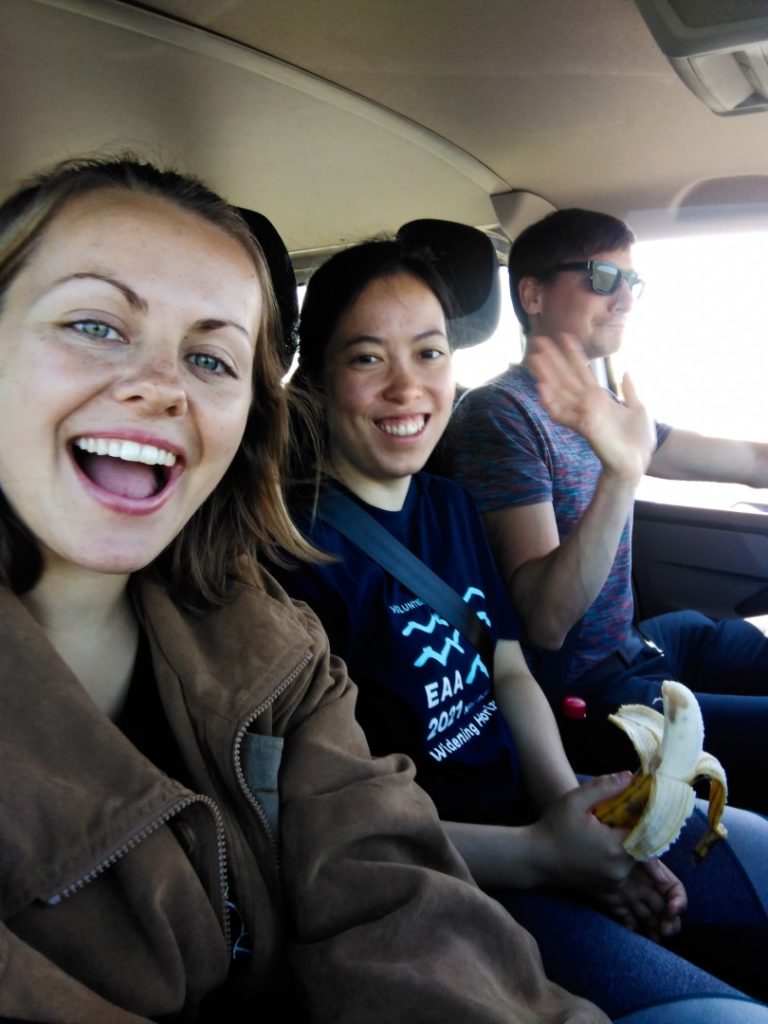
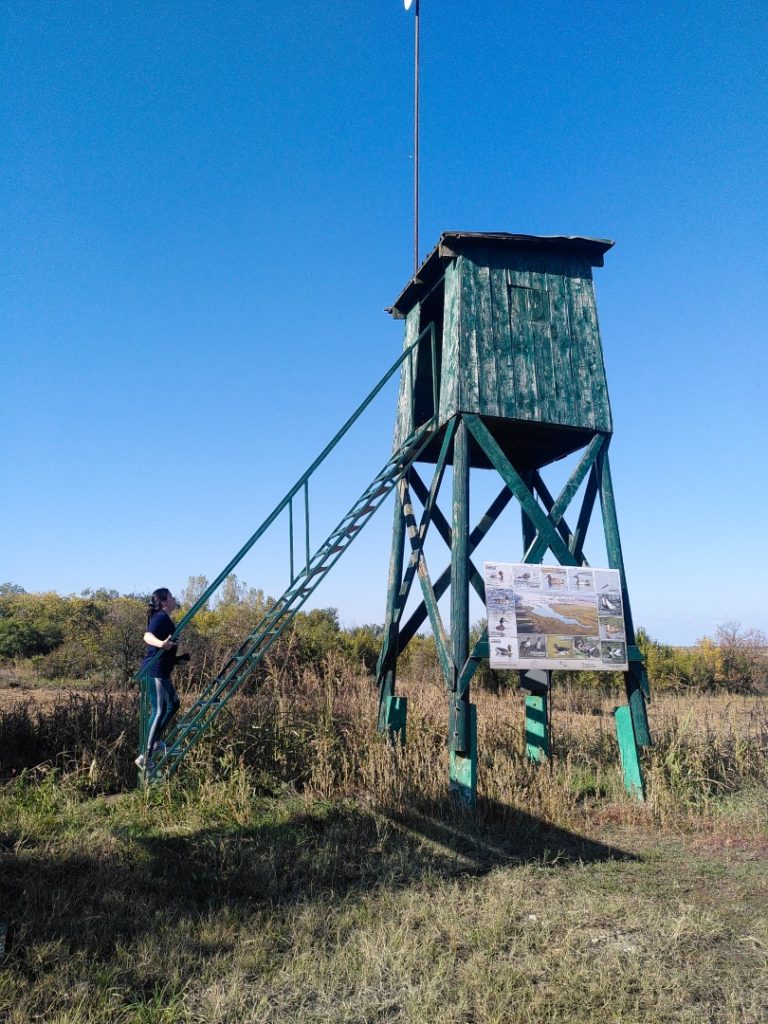
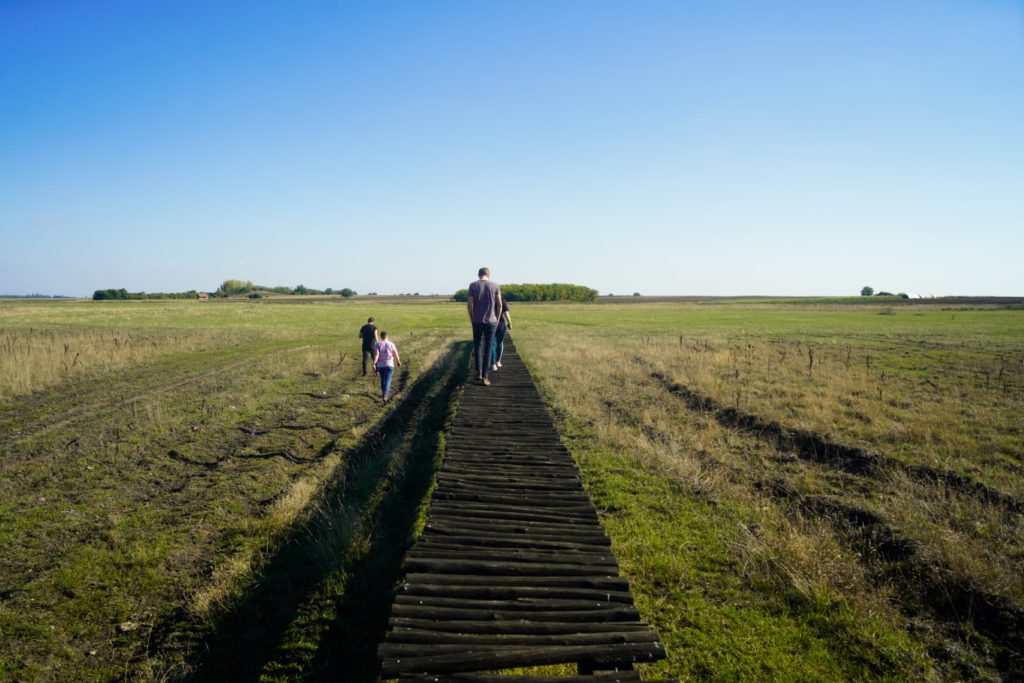
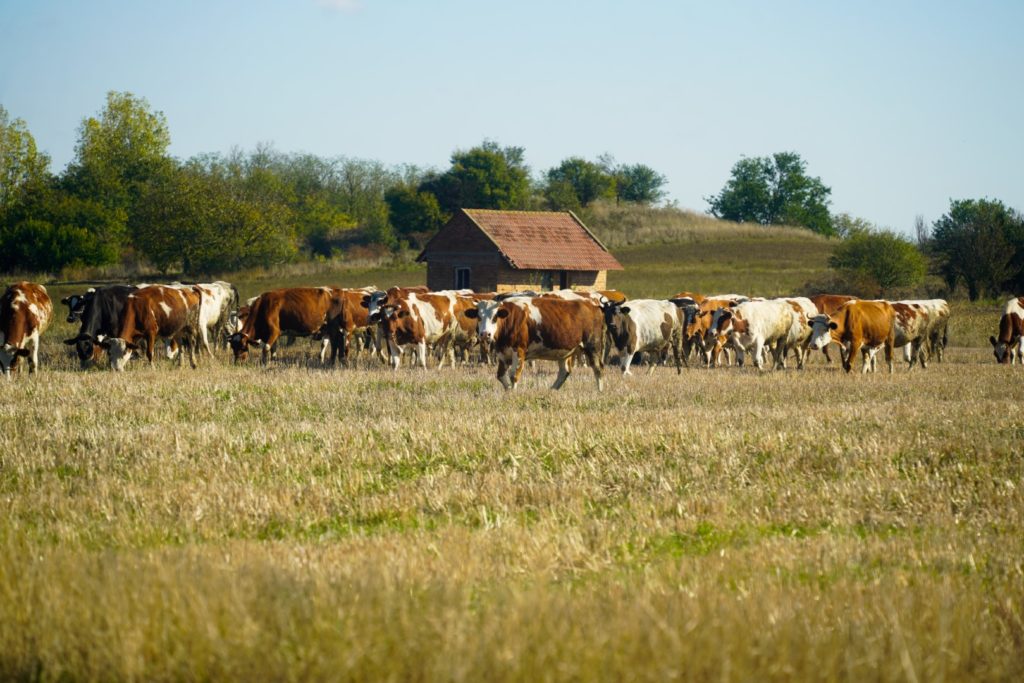

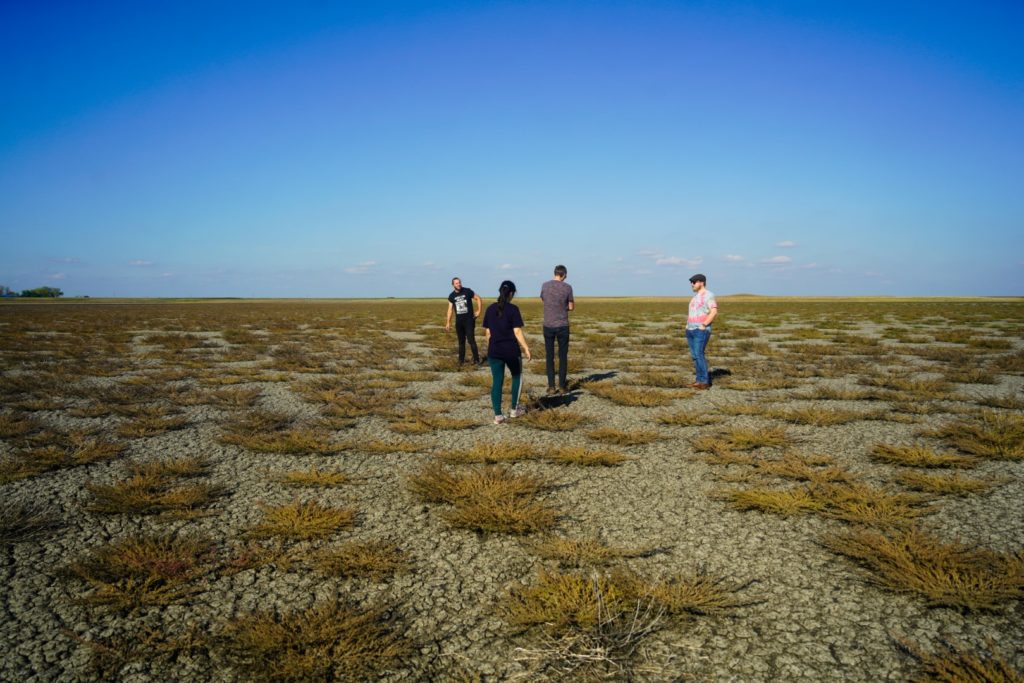
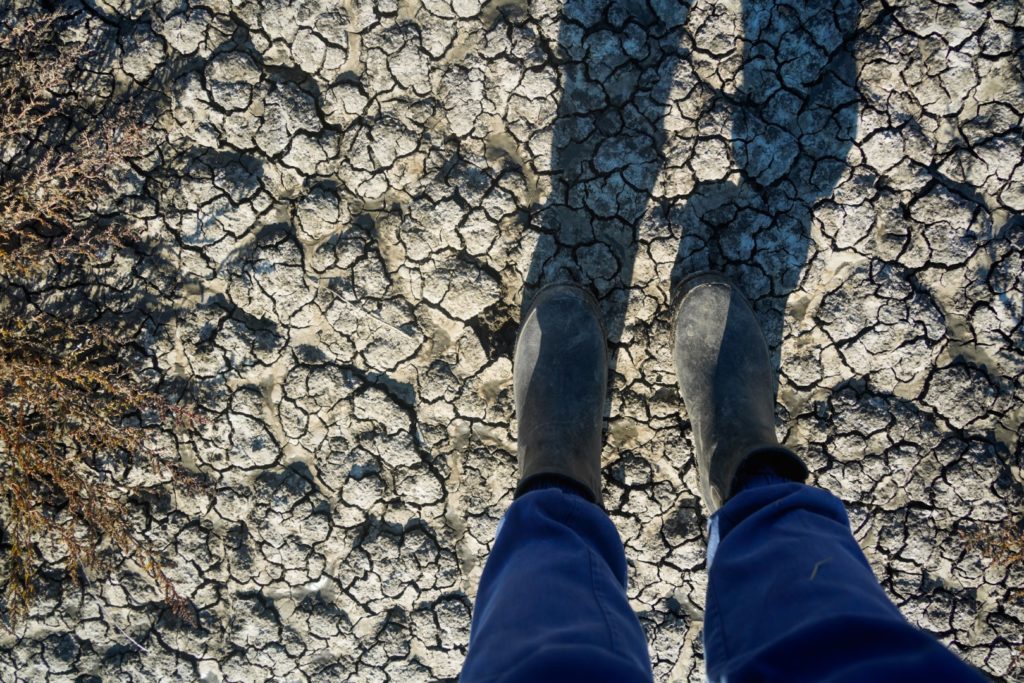
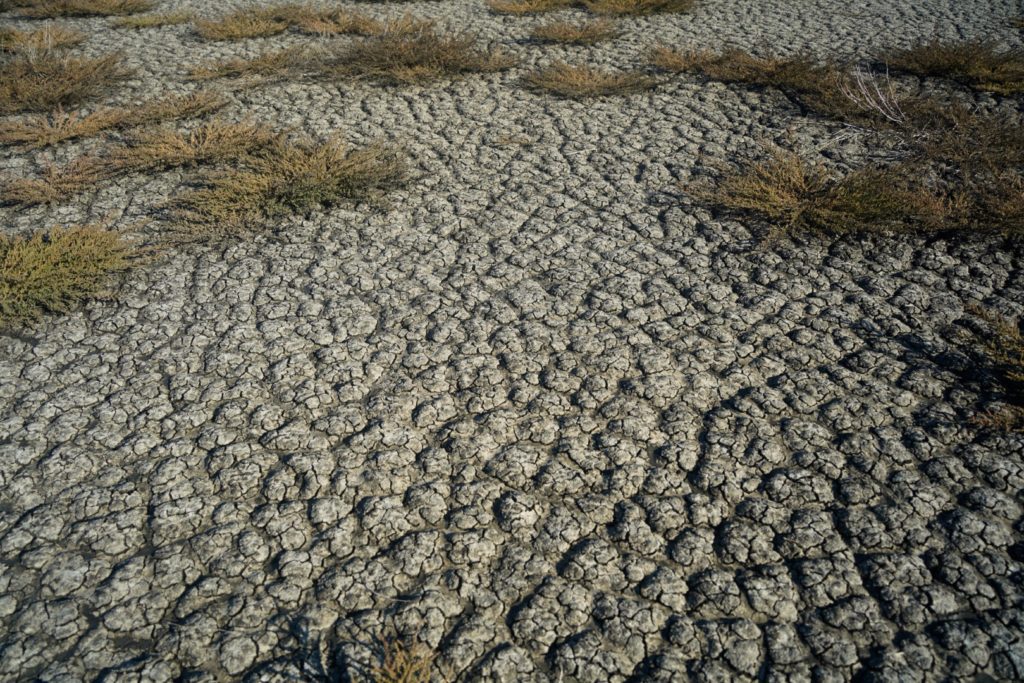
After a nice rest at the guesthouse, Sebbo and I went for an evening stroll through the village centre.
Following the sunset that gradually painted the sky pink, we walked through whichever streets caught our interest. Novi Bečej may not have any touristic sights to see, but it’s the perfect town to get just a little bit lost in.
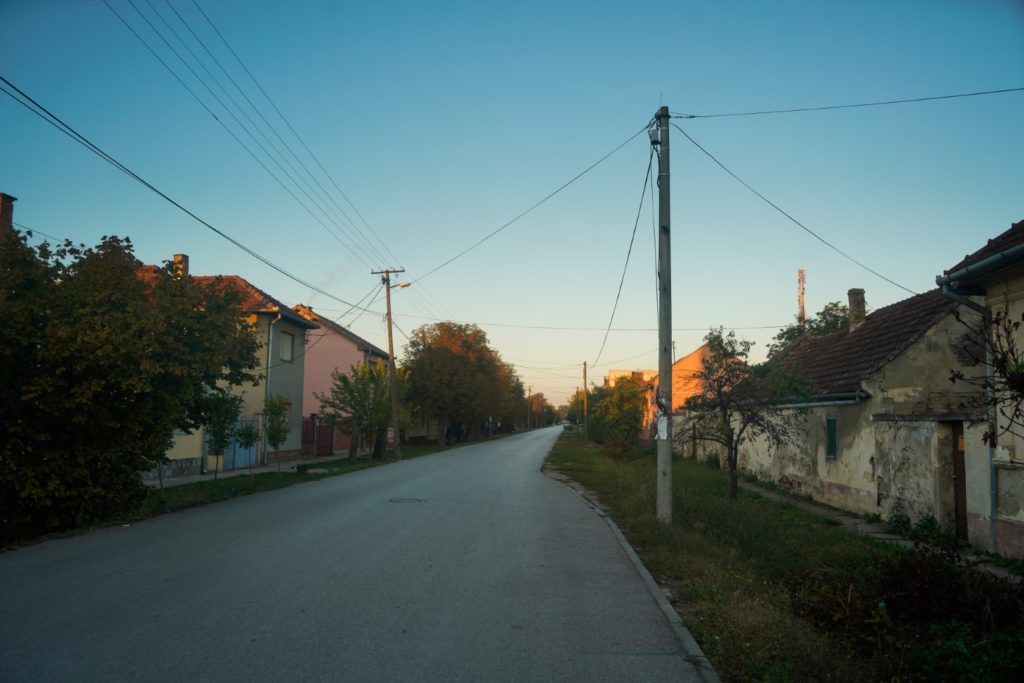
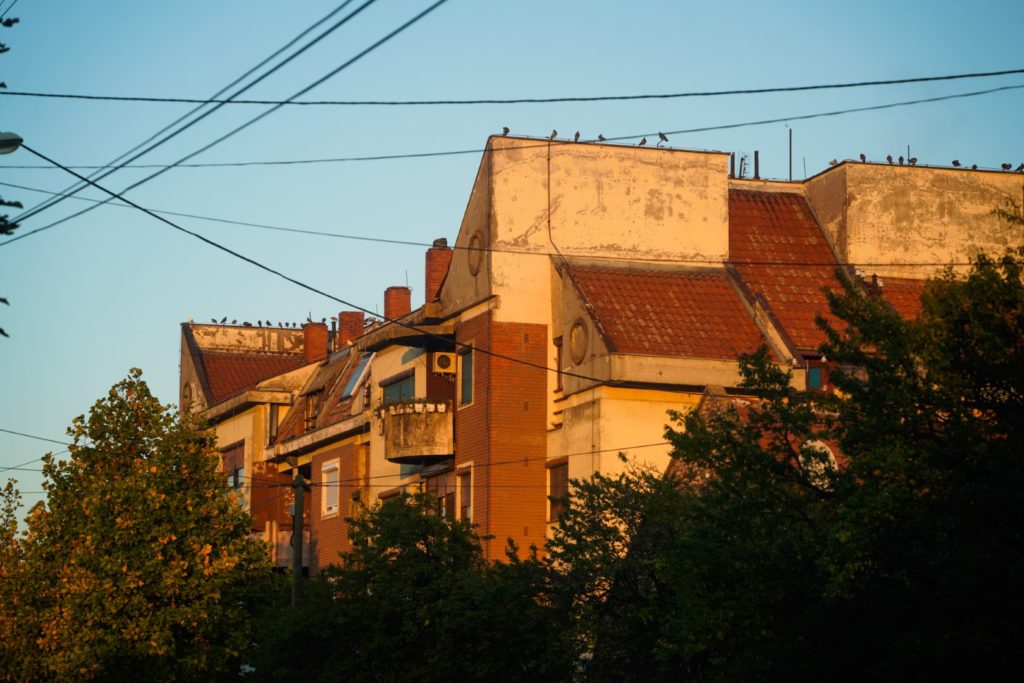


How to find the Arača church ruin and Slano Kopovo from Novi Bečej
Head northwest towards Novo Miloševo along Milošev put and follow the road for 12 kilometres until you reach a gravel road to your right.
Turn here and follow the gravel road (ignore the one going left) for four kilometres and you’ll soon see the church appearing to your left. Turn left and drive up to the church, and park your car in the small parking lot.
To find Slano Kopovo, head back towards Novi Bečej. After seven kilometres along the main road, you’ll see a gravel road to your left. Turn here and follow the gravel road for a few hundred metres until you reach a wooden bridge. Park your car here.
Walk over or beside the bridge and follow the dirt track to a house and over a hill. After about 1,5 kilometres, you’ll reach a bird-watching tower. Climb it for a view over the dry salt lake, and then walk towards the lake.
You can either go the same way back, or walk over the dry salt lake and across some fields back to the car.
WANT MORE INFO?: Download a city guide for Novi Bečej with GPSmyCity here!
Leave a Comment
Pingback: My November-December 2021: From Berlin to Norway and England – I Live as I Dream on 12/11/2021
Pingback: My best travel moments of 2021 – I Live as I Dream on 12/11/2021
Pingback: Borđoš 2021: A diary from two weeks of geophysical surveys in Serbia – I Live as I Dream on 12/11/2021
Pingback: My best travel moments of 2022 – Northtrotter on 12/11/2021
Pingback: A brief visit to Zrenjanin, a small city in northern Serbia – Northtrotter on 12/11/2021
Pingback: My October 2021: From Georgia to Serbia to Berlin – Northtrotter on 12/11/2021
Pingback: Borđoš 2022: A second season of archaeological fieldwork in northern Serbia – Northtrotter on 12/11/2021
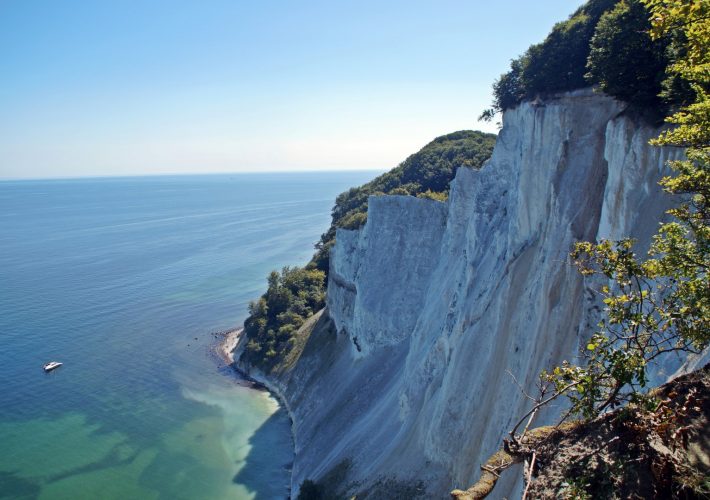
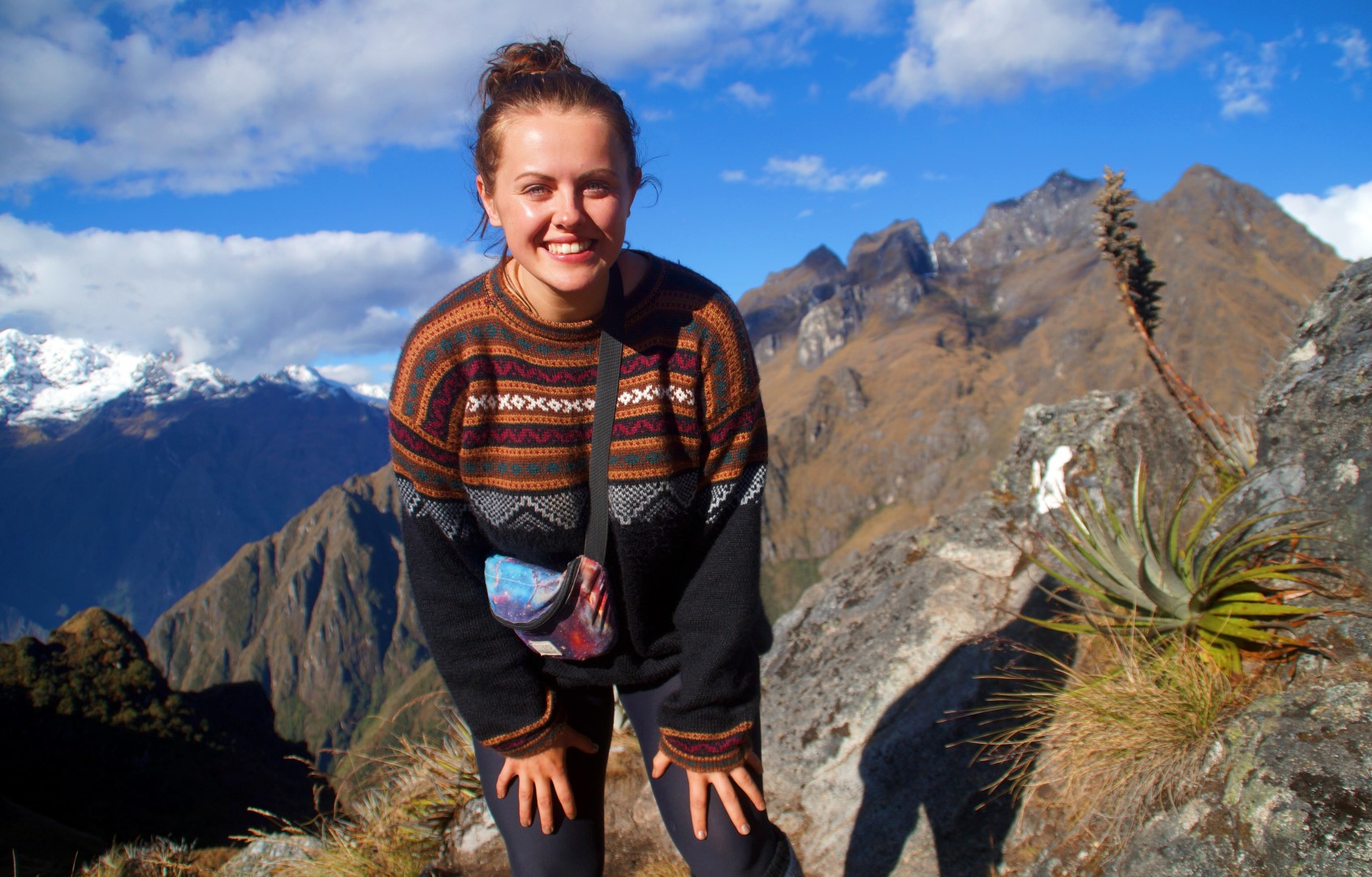
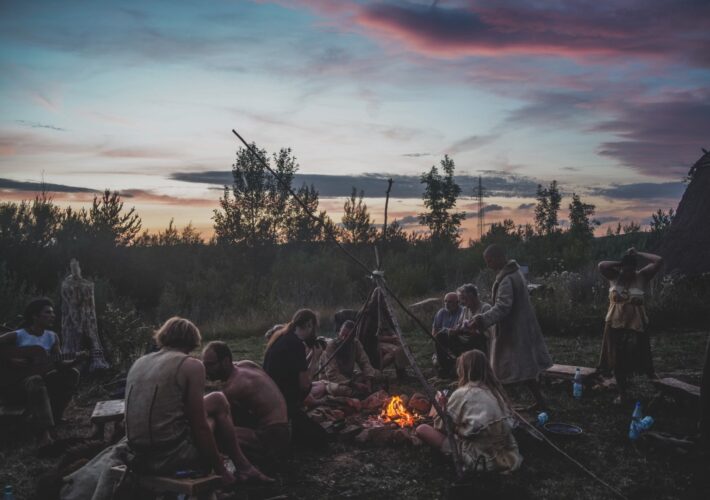
7 COMMENTS